
Ramen Bowl Design from Clay to the Noodle Counter
De Team MUSUBI
Ramen—the popular Japanese noodle soup that is beloved around the world. But have you thought about the relationship between ramen and the bowls that hold them?
Taking a deeper dive into just that is a popular new exhibition in Tokyo, “The Art of the RAMEN Bowl.” Held at 21_21 DESIGN SIGHT, a stunning, Miyake Issey-founded design institution in Tokyo Midtown, the exhibit will run in Gallery 1 & 2 from now through June 15. It’s well worth a visit if you’re in Tokyo, but if you can’t stop in, don’t worry—we’ve got you covered.

Come along with Team Musubi as we share highlights from the exhibition, including ramen’s place in popular culture, how thoughtfully crafted bowls can make ramen even more delicious, and the ways ramen bowl art has taken on a whole new life of its own.
Table of contents
Ramen as a Phenomenon

Team Musubi enters the stylish gallery from Midtown Garden, already blooming with colorful azaleas. Going down the stairs from the lobby (an elevator is also available), we enter the first space of the exhibit, an immersive experience.

The walls are covered with large panels featuring bold graphics and charts that explore the history of ramen alongside global and domestic trends. Striking from afar, when you get close, fun details emerge: the bars in a graph showing instant noodle consumption are styled as squiggly ramen noodles, while Michelin Guide-listed ramen restaurants (thirty-four in Japan alone!) are counted in ramen bowls.


This area has a unique auditory element: seats and a counter are set up in the middle of the room, with speakers playing the sounds of a ramen restaurant. The evocative bubbling of water boiling in a large pot, the splash of noodles being tossed in to cook, the clink of bowls on the counter as orders are served, even the vibration of bowls being set down—it’s just like being in a real ramen restaurant.

On a wall nearby is a collage of manga panels, excerpts from real comics, exploring the theme of ramen. From schoolyard boasts about trying the latest ramen flavor to lively restaurants and quiet home cooking scenes, it’s clear how the humble noodle dish has penetrated Japanese life and pop culture.

That’s only emphasized further by the facing wall, which features an overview of the history of ramen—complete with facts, figures, and old photographs, just the thing for history buffs. Going as far back as the cultivation of wheat in Japan, this part of the exhibit moves through the development of ramen. It covers interesting facts not well-known outside of Japan, such as ramen’s role as quick, cheap, energy-rich food for laborers in the industrializing first half of the 1900s, the development of the first cup noodle in 1971, and ramen restaurants as a way to escape office worker life in the 1990s. Those interested in food history will enjoy lingering here.
Anatomy of Ramen and Ramen Bowls

No matter how tasty the broth or tender the noodles, great ramen is nothing without the right bowl. This is explored in the next area, “Anatomy of the Ramen Bowl.” In addition to the specifics of ramen itself, this section also delves into the shapes and materials used for ramen bowls.

The familiar shapes, it turns out, are more complex than they seem at first glance. The most common type of ramen bowl found in Japan, the exhibit tells us, is the sori-kodai-don. The sori-kodai-don ramen bowl has a small foot (the kodai in the name), on top of which sits a wide round body that curves gently outward into a wide rim.

The details of this bowl matter. The body of the bowl provides plenty of space for a generous amount of broth. The lip of the rim is carefully shaped to be easy to sip from, while the rim’s width provides a wide canvas on which to arrange abundant toppings. This shape of rim holds up well under impact, such as when dropped. Plus, the most common material, porcelain, is dense and durable. Both these characteristics are perfect for ramen restaurants, with their high speed of service and high turnover of customers. Apparently a Japanese person averages just five to ten minutes to eat a full bowl of ramen!

Shape goes hand in hand with design and pattern. Many ramen bowls feature designs on the inside of the lip of the bowl, creating a frame for ramen toppings like sliced pork, green onions, nori seaweed, and more. With ramen’s roots in Chinese noodles, many of these designs feature traditional Chinese or Chinese-inspired patterns, such as a boxy spiral representing lightning known as raimon, dragons, or the Chinese characters for “double happiness.” These designs are added over the base glaze, often with transfer sheets. Masterful technique is required to get the patterns to transfer accurately without blurring.


Many standard ramen bowls are fired with a white glaze that’s extremely durable and easy to wash. This glaze is often glossy, but the exhibit shows samples of gloss, semi-gloss, and matte glazes for visitors to compare. Here, too, the details matter: the information boards explain that a glossy glaze creates a smooth surface, while a matte glaze is easier to grip. Something to think about when choosing a ramen bowl for your own table!

Ramen Bowl as Art
As we move on to the areas displaying ramen bowls themselves, it immediately becomes clear just how delightfully collectible ramen bowls can be.

An entire section is devoted to ramen bowls from actual restaurants around Japan. Each has its own unique character. “NO Ramen, NO Life!!” proclaims one bowl boldly. Some celebrate Japan’s regions—a bowl shaped like Hokkaido was our favorite. Many cleverly merge branding with design, such as a pair of ramen bowls painted with a hawk and a tiger to match the kanji characters in the restaurant’s name. Still others take advantage of where shape meets function with messages in the bottom of the bowl, such as “Thank you for drinking to the last drop and guzzling everything up.” Although all are made for use in busy ramen shops, their sense of style and fun adds to the experience.



Following the display of restaurant bowls is an installation that is purely about design. Rows of bowls with matching renge ramen spoons line wooden stands set up like ramen counters. Every single bowl is the same shape and size—uniform canvases for the main event: the infinite possibilities of ramen bowl pattern, imagery, and color.

Each bowl here is designed by a Japanese graphic designer, artist, celebrity, or other creative personality, and each bowl comes with a short description from the creator. Many are visually stunning, like the spider-painted bowl that adorns the exhibit poster. Seeing it in person, it’s clear how a smart use of both design and shape can enhance both.



The best part, other than the creativity of the designs themselves, is how the personality and thoughts of each artist shine through. From the bottom of a bowl with the cheery message of “Today’s a good day, too!,” to line drawings of faces with bold colors and surprising details, to a charming rendering of the Japanese zodiac, the viewer is rewarded with close looking. Connecting not just with Japan but with the world, one bowl is decorated with the names of all the cities in the world that the artist wants to eat ramen, and another features dozens of countries’ flags. It is truly a celebration of the international phenomenon that is ramen.

The entrance and exit of the exhibit link back to this room with an opportunity for visitors to design their own ramen bowl, just like the artists here. Some of the most creative are displayed on the wall—maybe yours could be, too.
Mino Ware and the Ramen Bowl

Tying it all back into traditional crafts are the final two sections about the art of Mino ware and new innovations in the ceramics industry. Crafted in the western Tono region and named for the ancient province of Mino, Mino ware now accounts for an astonishing 50 percent of Japan’s ceramics, and 90 percent of its ramen bowls.

What makes Mino ware so special is also what makes it so hard to pin down as a style: its diversity. That is immediately apparent in this next room. A large circular dais displays raw materials in jars and vials. The diversity of clays available and the precise ability to adjust raw materials is what helps Mino ware be so adaptable to different uses.



Through the power of Mino ware, modern art sculptures swoop and bulge next to commercial tiles, 100-yen shop (dollar store) convenience goods, and ramen bowls that can only be described as fine art. It seems Mino ware can do it all.

Nearby, a display of the latest recycling techniques shows how cracked or old ceramics can be broken down and remade to become something totally new. What’s fascinating is that Mino ware, though designated as a traditional craft in 1978, nevertheless continuously innovates.

Some of us may think of traditional craft as something timeless and unchanging, and while that may be true in some ways, it’s astounding how much something traditional can continue to evolve, birthing new forms to meet the needs of the times. Perhaps this is the meaning of “living tradition.”
Leaving the exhibit left this writer hungry for ramen—and wondering how this new knowledge of ramen bowls might change the way we see them.
So next time you go out to eat at a ramen restaurant or make it yourself at home, think about the bowl it’s served in. More than just a container, the ramen bowl is a thoughtfully crafted vessel not just for soup but also for history. Designers created the pattern; ceramicists crafted the shape; the earth provided the clay. All so that we can hold a small, shared piece of the world in our own hands, separate from each other and yet, through this, together.
21_21 DESIGN SIGHT
Midtown Garden, Tokyo Midtown, 9-7-6 Akasaka, Minato-ku, Tokyo



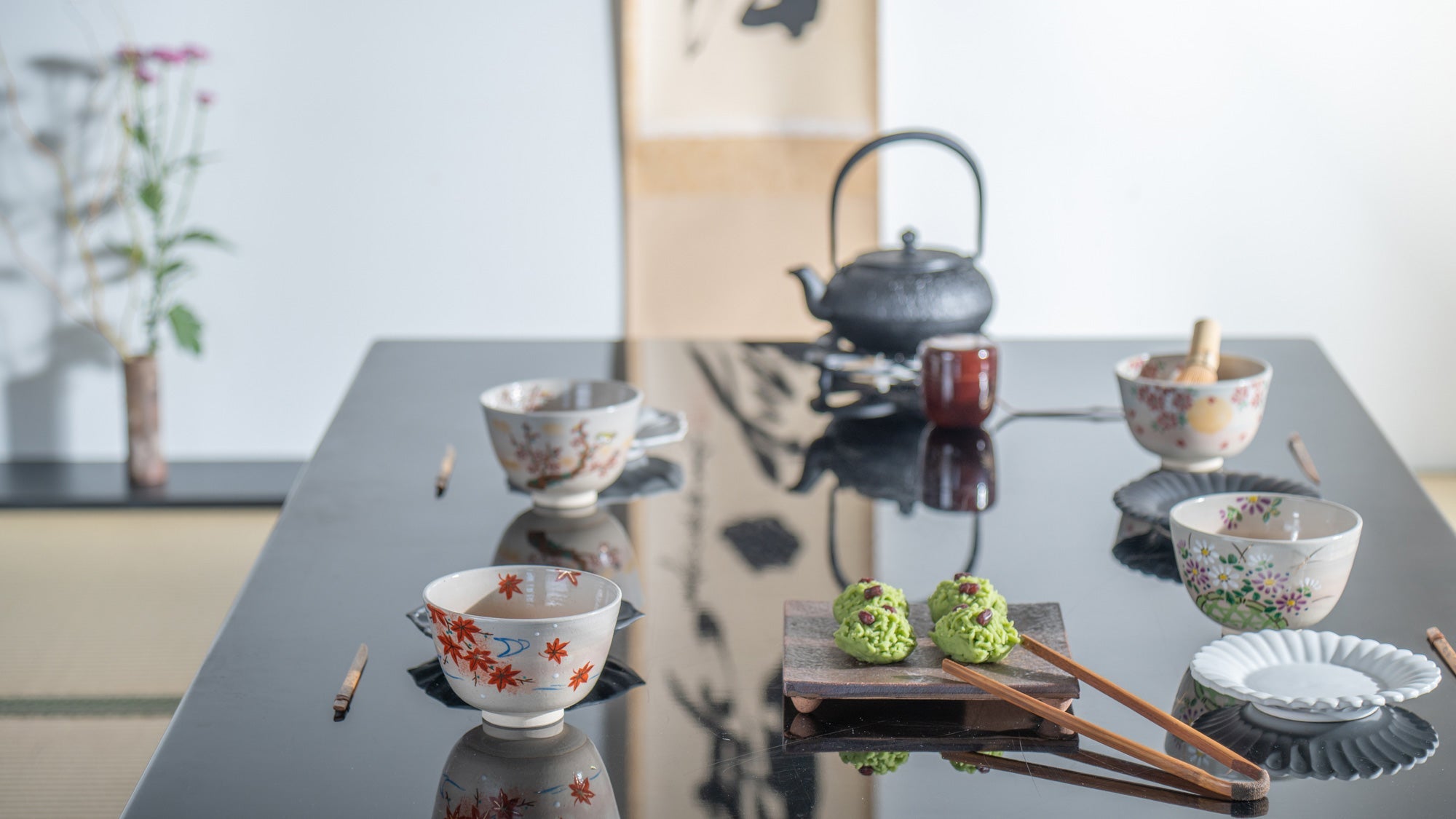
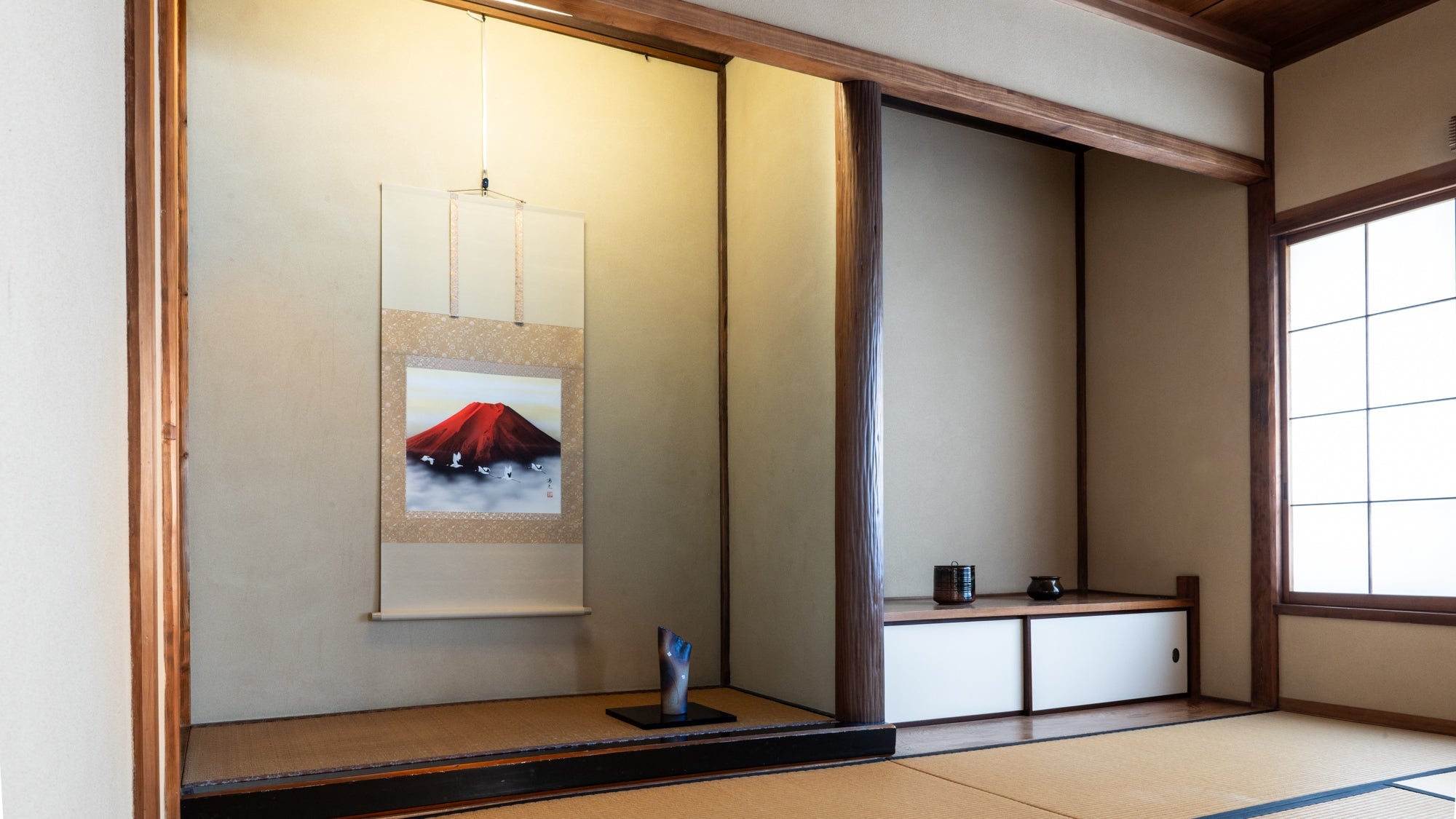
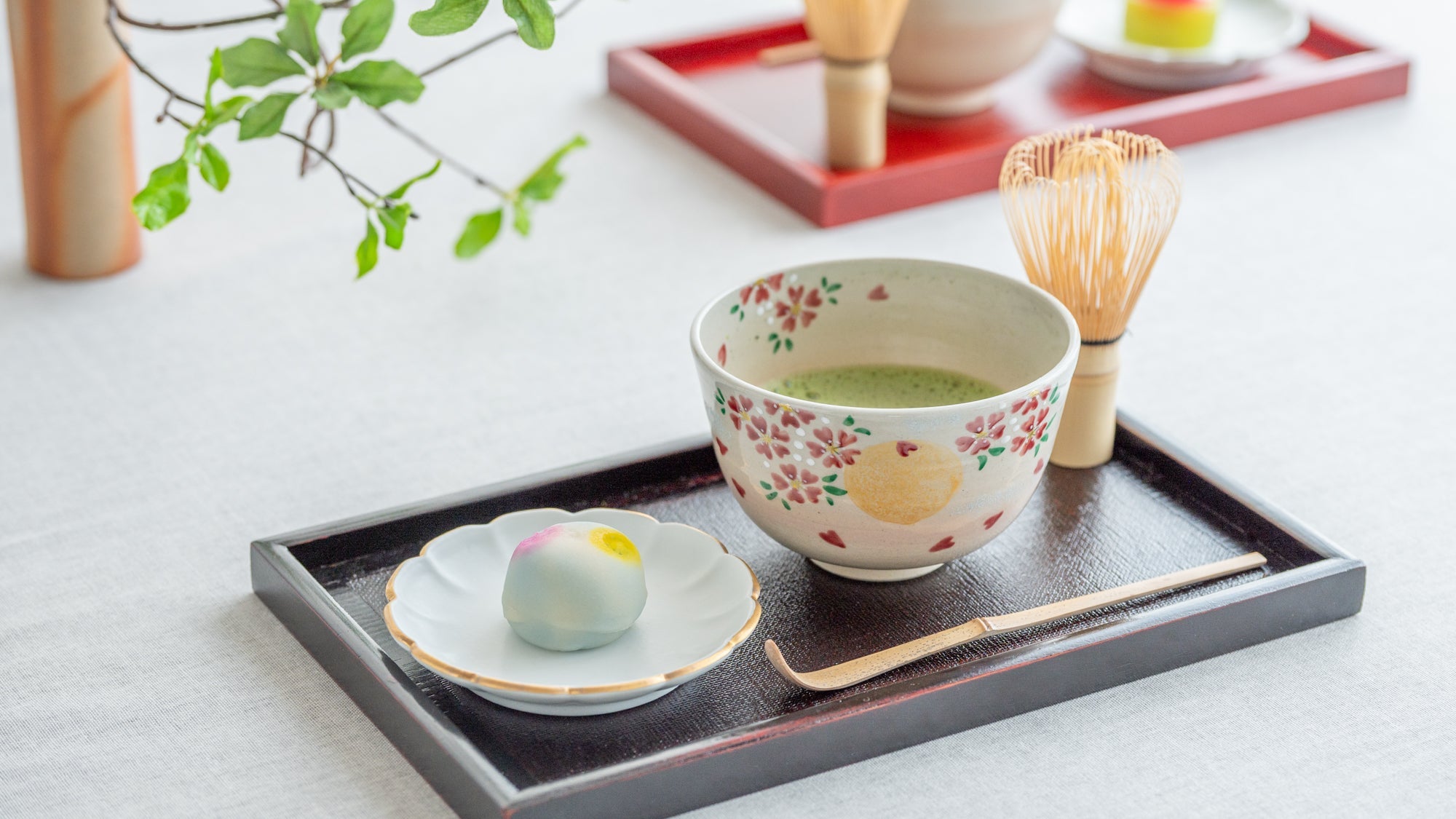
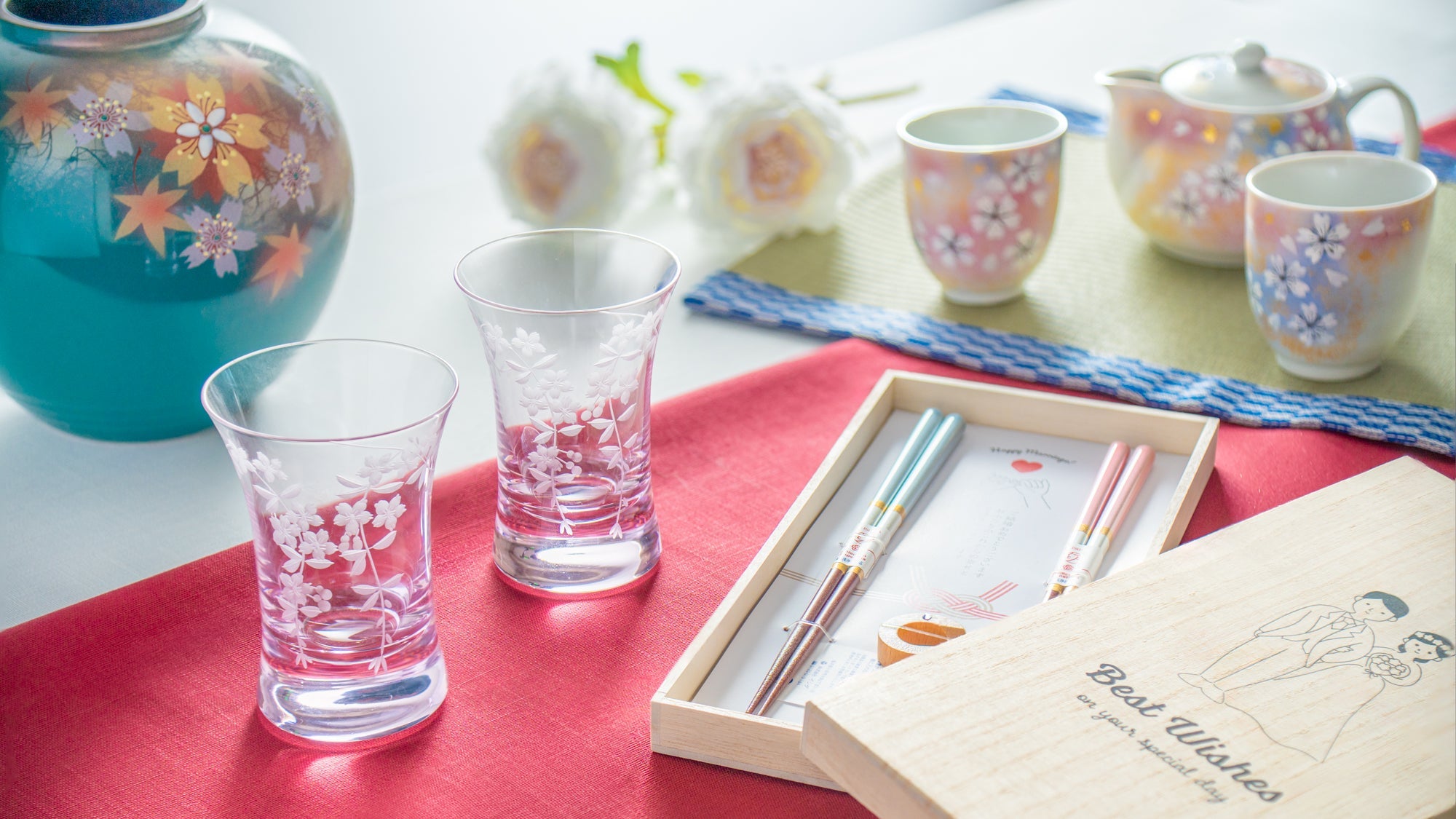
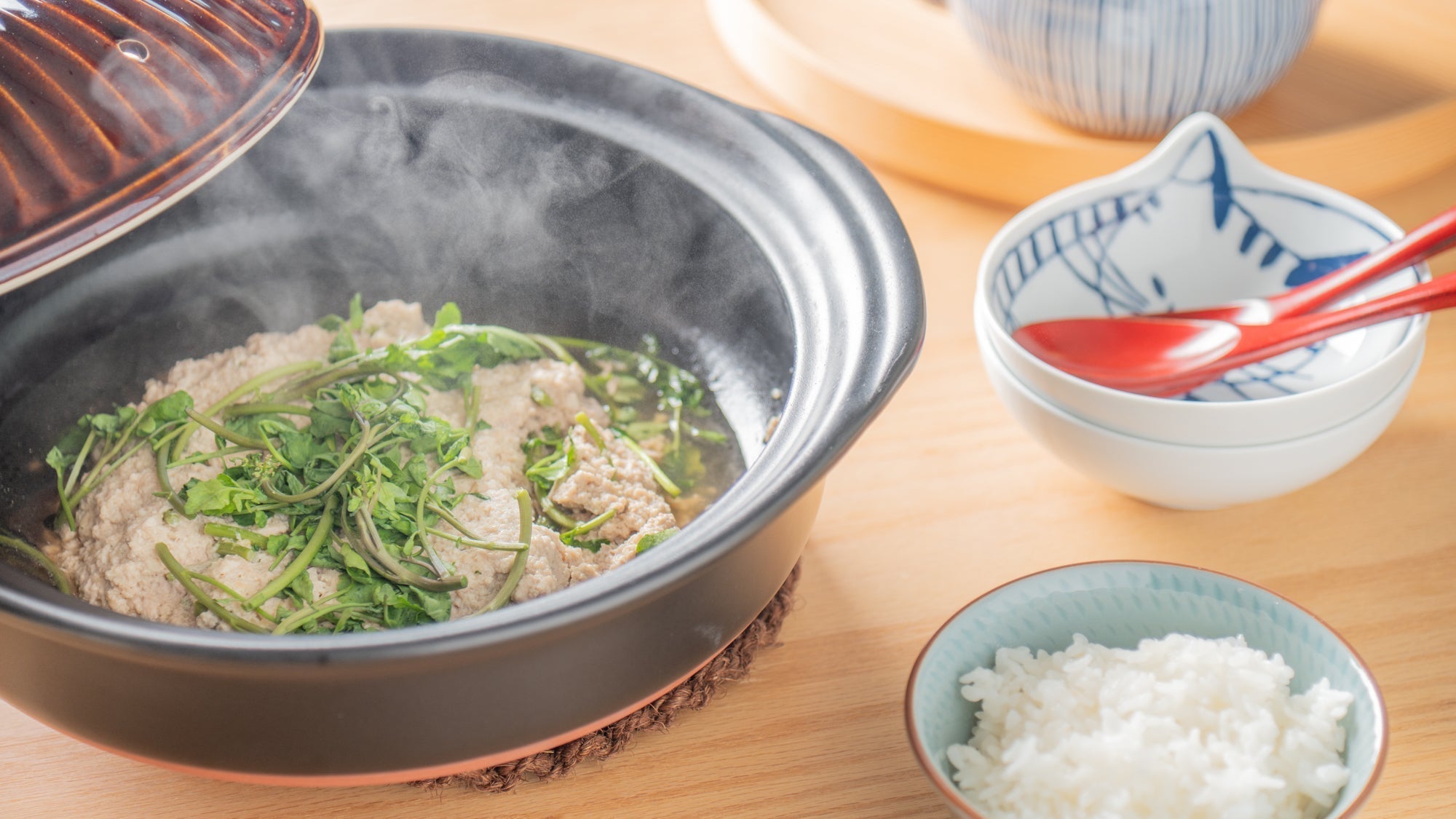
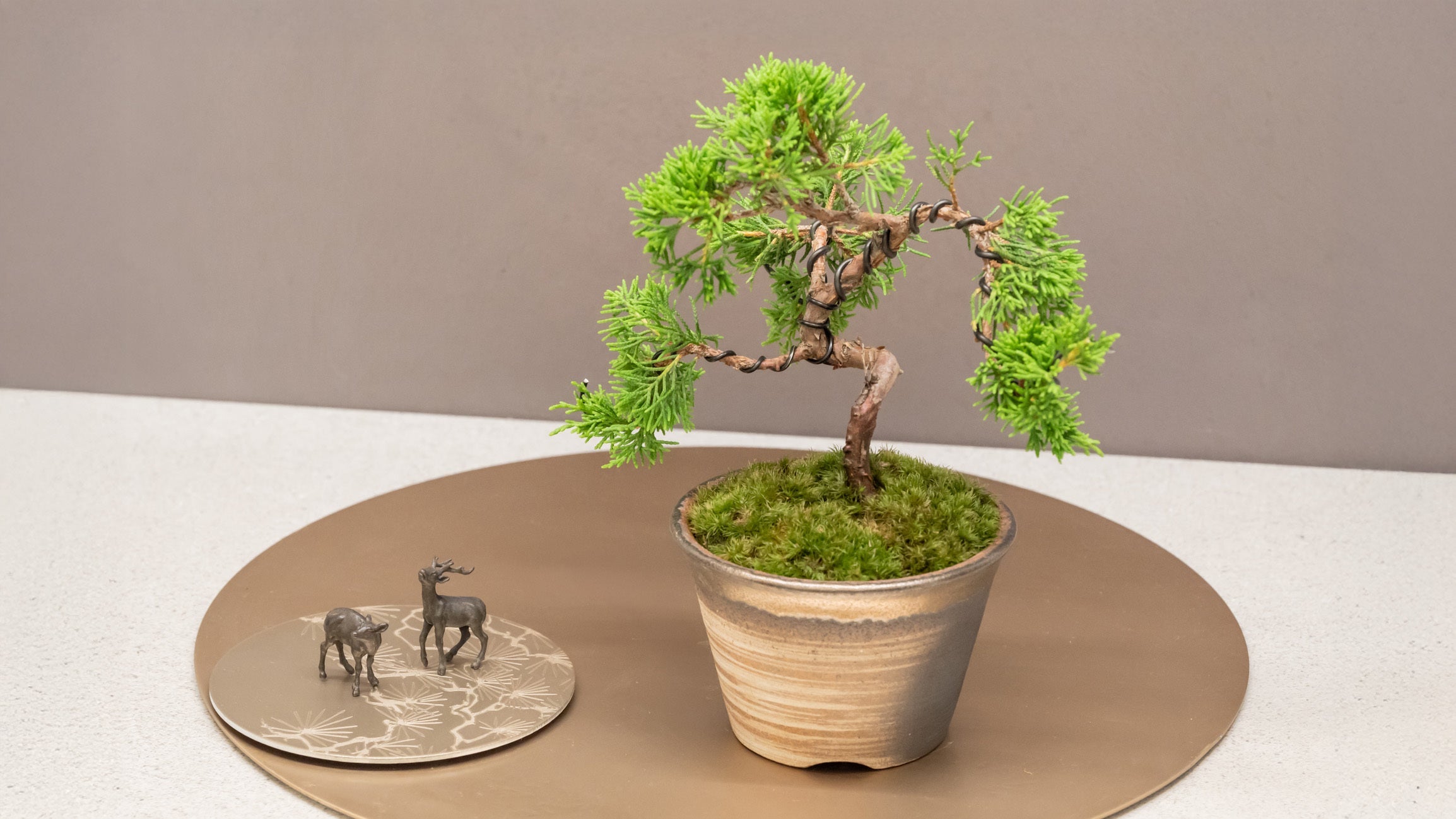
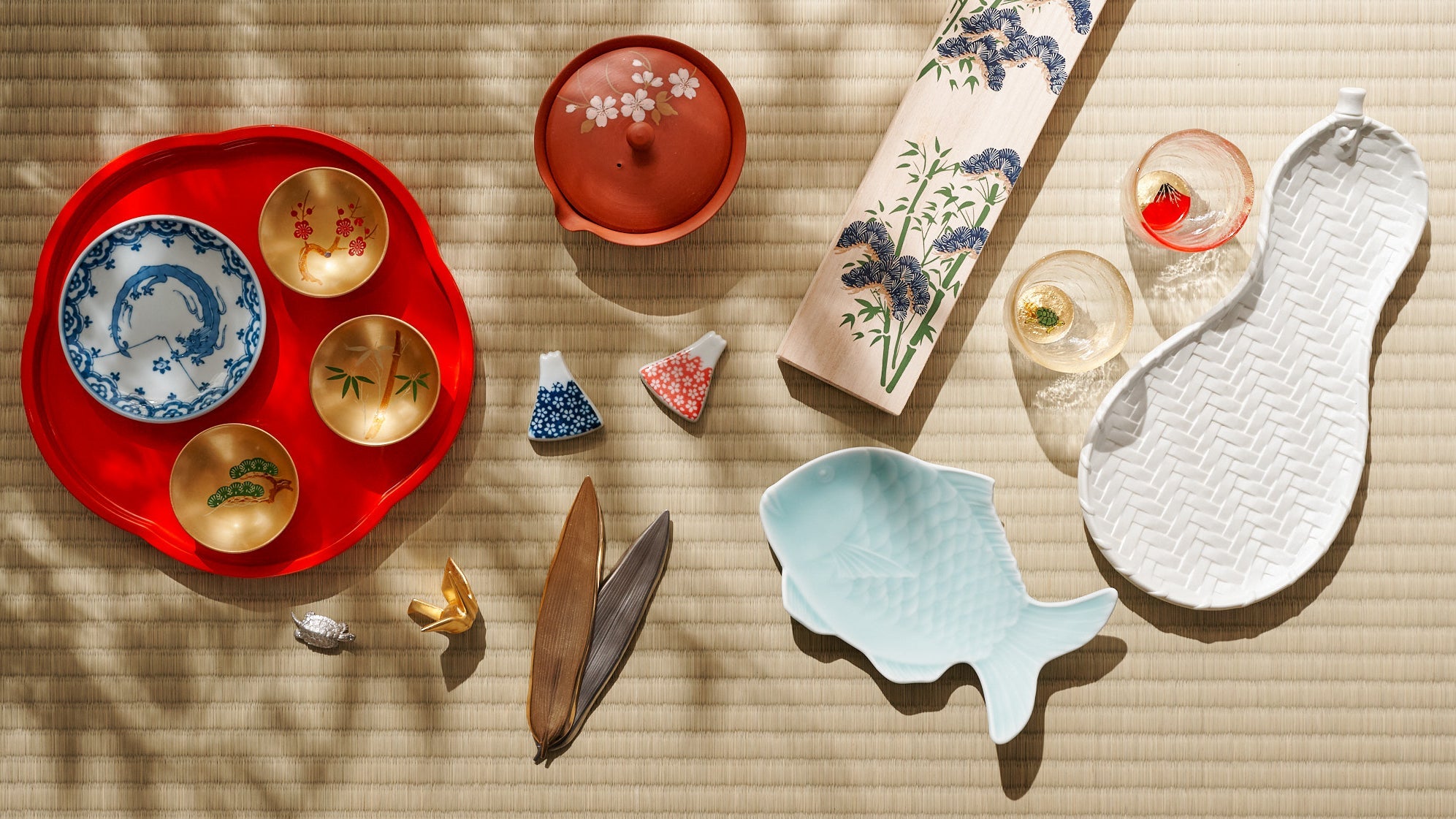

Dejar un comentario
Este sitio está protegido por hCaptcha y se aplican la Política de privacidad de hCaptcha y los Términos del servicio.